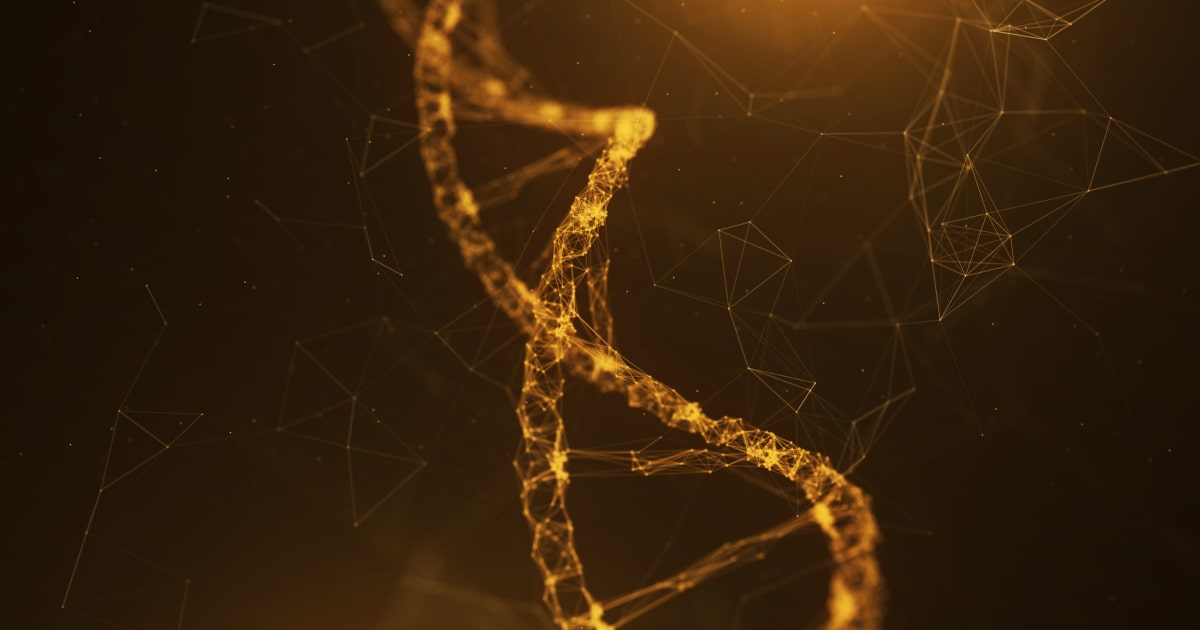
Expert Reviewed By: Dr. Brandon Colby MD
Peroxisome biogenesis disorders (PBDs) are a group of rare genetic conditions characterized by the impaired formation and function of peroxisomes, essential cellular structures that play a vital role in various metabolic processes. Among the different types of PBDs, complementation group 7 is a particularly intriguing subtype, with unique genetic and clinical features. This article delves into the fascinating world of PBD complementation group 7, exploring the latest advances in understanding, diagnosing, and using genetic testing for this rare disease.
Understanding Peroxisome Biogenesis Disorder, Complementation Group 7
Complementation group 7 is a subtype of PBDs that primarily affects the function of a gene called PEX10. The human orthologue of yeast PEX10, this gene plays a crucial role in peroxisome biogenesis, specifically in complementation group 7 (1). Mutations in the PEX10 gene can lead to a wide range of symptoms, including vision loss, developmental delays, and other multisystemic manifestations. A recent study on the ophthalmic findings in Zellweger Spectrum Disorder patients, which encompasses complementation group 7, highlights the natural history of vision loss and potential endpoints for future trials (2).
Diagnosing Peroxisome Biogenesis Disorder, Complementation Group 7
Diagnosing PBD complementation group 7 can be challenging due to its rarity and the diversity of its symptoms. However, recent advances in genetic testing have made it possible to identify the specific genetic mutations responsible for this disorder. A new complementation group in peroxisome biogenesis disorders, lacking peroxisomal-membrane ghosts, has been identified across humans, Chinese hamster ovary cells, and yeast (4). This discovery has expanded our understanding of the genetic basis of PBD complementation group 7 and has facilitated the development of more accurate diagnostic tools.
Uses of Genetic Testing for Peroxisome Biogenesis Disorder, Complementation Group 7
Confirming the Diagnosis
Genetic testing can be an invaluable tool for confirming the diagnosis of PBD complementation group 7. By analyzing the DNA of affected individuals, healthcare providers can identify the specific mutations in the PEX10 gene responsible for the disorder. This information can help to confirm the diagnosis and provide a more accurate prognosis for affected individuals.
Carrier Testing
As PBD complementation group 7 is a genetic disorder, individuals who carry one copy of the mutated PEX10 gene may be at risk of having a child with the condition. Genetic testing can be used to identify carriers of the PEX10 mutation, allowing them to make informed decisions about family planning and reproductive options.
Prenatal and Preimplantation Genetic Diagnosis
Genetic testing can also be used to screen embryos for PBD complementation group 7 before implantation, a process known as preimplantation genetic diagnosis (PGD). This can help couples who are at risk of having a child with the disorder to select embryos without the PEX10 mutation for implantation, reducing the risk of having a child with the condition. Additionally, prenatal genetic testing can be performed during pregnancy to determine if the developing fetus has inherited the PEX10 mutation from its parents.
Advancing Research and Treatment
Finally, genetic testing for PBD complementation group 7 can contribute to ongoing research efforts aimed at better understanding the disorder and developing new treatments. By studying the specific genetic mutations responsible for the condition, researchers can gain valuable insights into the underlying molecular mechanisms and potential therapeutic targets. In addition, the identification of affected individuals through genetic testing can facilitate the recruitment of participants for clinical trials, accelerating the development of new therapies for this rare disease.
In conclusion, the world of PBD complementation group 7 is a fascinating and complex one, with many mysteries yet to be unraveled. Through advances in genetic testing, we are steadily gaining a deeper understanding of this rare disorder, improving diagnostic accuracy, and paving the way for the development of new treatments to improve the lives of those affected by this challenging condition.
About The Expert Reviewer
Dr. Brandon Colby MD is a US physician specializing in the personalized prevention of disease through the use of genomic technologies. He’s an expert in genetic testing, genetic analysis, and precision medicine. Dr. Colby is also the Founder of and the author of Outsmart Your Genes.
Dr. Colby holds an MD from the Mount Sinai School of Medicine, an MBA from Stanford University’s Graduate School of Business, and a degree in Genetics with Honors from the University of Michigan. He is an Affiliate Specialist of the American College of Medical Genetics and Genomics (ACMG), an Associate of the American College of Preventive Medicine (ACPM), and a member of the National Society of Genetic Counselors (NSGC)